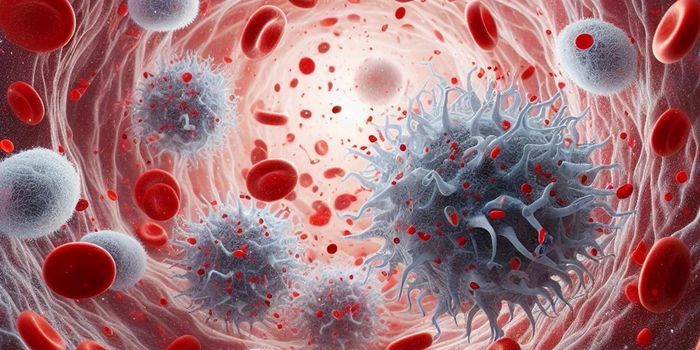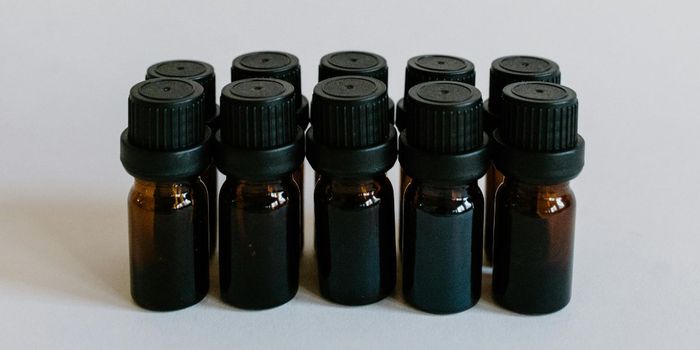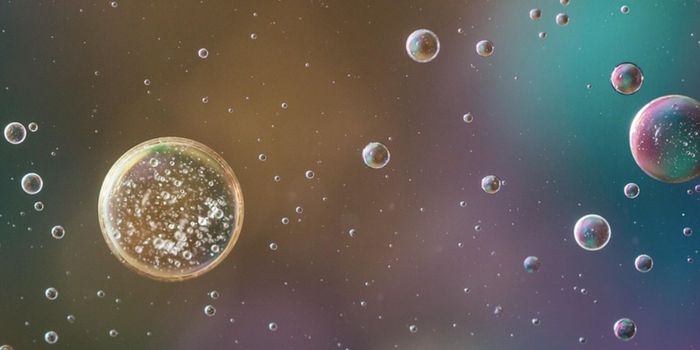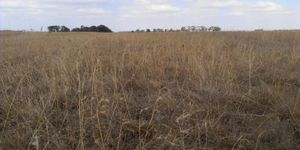It’s no surprise that different species undergo development in different ways, with a huge range in the amount of time it takes for an animal to complete the process. The Virginia opossum is one of the shortest at 12 days, while an elephant requires 660 days. The timing of this process is not well understood; researchers have now found evidence to suggest that pluripotent stem cells, which create all of the various, specialized cell types in the body, strictly adhere to a schedule and will not deviate from that pattern. Scientists working with stem cell expert and UW-Madison Professor James Thomson at the Morgridge Institute for Research have wondered whether the developmental clock can be sped up to be of better use to patients.
Pluripotent stem cells gain the characteristics and functions of more specific cell types during development, a process called differentiation. Many kinds of cells require a long period of time to turn into the cells they are fated to become, limiting their therapeutic application in the clinic; the ability to speed up that development would be a benefit to patients in need. Reporting their study in
Developmental Biology, the investigators analyzed how the stem cells growth rates might be manipulated. Looking at stem cells growing in culture in the lab versus growing in living organisms, the scientists saw the cells’ timetable did not vary in either condition. They also inserted human stem cells into a mouse host and supplied it with all the stimulation it would normally be getting in an animal species that develops a lot faster than humans do. There was still not alteration in rate.
"What we found remarkable was this very intrinsic process within cells," revealed lead author Chris Barry, a scientist at Morgridge. "They have self-coding clocks that do not require outside stimulus from the mother or the uterus or even neighboring cells to know their pace of development."
Although cellular timing seems to be inflexible, the Thomson lab is trying various new studies to test other potential factors that might work to speed things up, said Barry. Critically, the scientists have shown that when stem cells grow in a dish, they are basically doing the same thing they do naturally in an animal.
"The promising thing is that we can take species of stem cells, put them in tissue culture, and more confidently believe that events we're seeing are probably happening in the wild as well," Barry explained. "That is potentially great news for studying embryology in general, understanding what's going on in the womb and disease modeling for when things can go wrong."
The investigators hope that this could overcome major hurdles in the study of gestation, as species with drastic development rates, whether longer or shorter than humans, would be easier to study. The scientists created an algorithm for a meaningful comparison of developmental timing, even when comparing animals with widely varying rates of gestation. The algorithm, Dynamic Time Warping, was actually first made for use in speech pattern recognition. The algorithm works by stretching or shrinking the gestational process of one species to correlate with similar patterns of gene expression in another animal. With this method, they were able to find over 3,000 genes that regulate faster in mice, but not revealing any that regulate faster in human cells.
Barry suggested this work could have a major impact. For example, if scientists could create fully developed neurons from stem cells in weeks instead of the months it usually takes, those cells could be used as therapeutics for serious diseases like Alzheimer's, Multiple Sclerosis, Parkinson's, Huntington's disease and injuries to the spinal cord.
"If it turns out these clocks are universal across different cell types," said Barry, "you are looking at broad-spectrum impact across the body."
If you would like to know more about stem cells, check out the following video from MIT.








